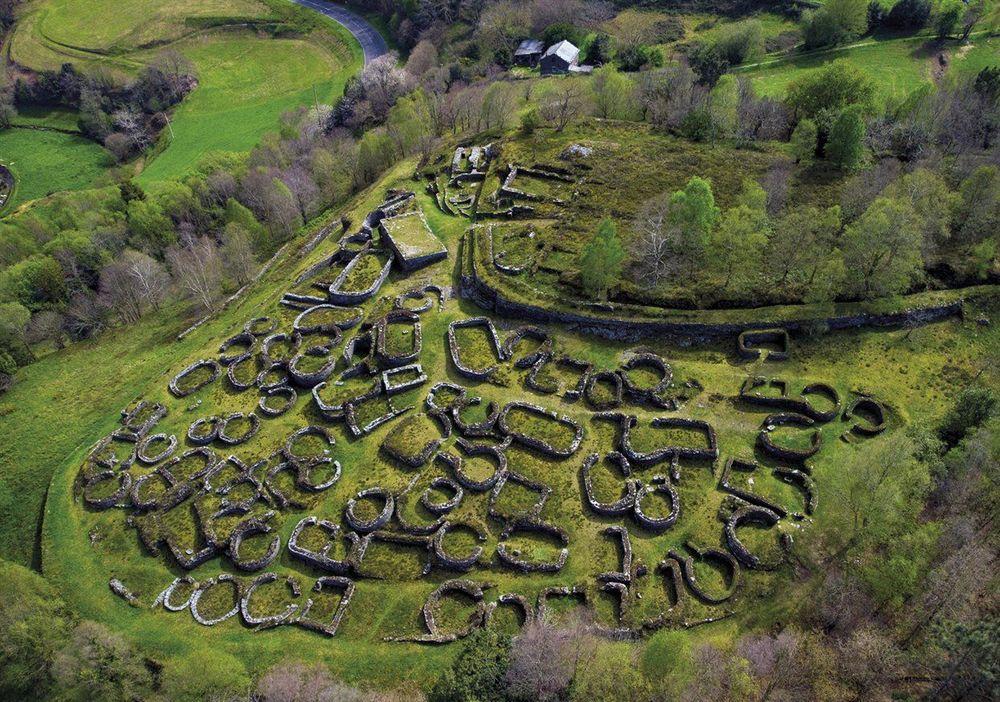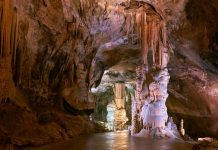Any country has a past, even before the beginning of its history. Whoever visits Portugal will see that there are traces of this past everywhere, ready to unveil mysteries of days gone by.
The most ancient are undoubtedly the Jurassic traces, enormous foot marks of dinosaurs, tremendous footsteps unexpectedly discovered with the hectic pace of present-day civilization. Mark your way on the map – Lourinhã (Costa de Prata), and let your children dream.
Man himself also left traces and objects from the Stone Age. Portugal has numerous collections of objects from this pre-historic period, housed in several archeological and regional museums. However, in some areas of the country you can see magnificent cromlechs, menhirs and dolmens. One of the most impressive sights in the Iberian Peninsula is undoubtedly the one in Herdade de Almendres in Évora (Planícies). The most important rupestrian prints are those on the banks of the Tagus in Fratel, Vila Velha de Rodão (Montanhas).
From the Iron Age there are several artificial caves, such as the ones in Aljezur (Algarve) and Palmela (Costa de Lisboa), which were used as tombs, and also those in Alapraia, Estoril (Costa de Lisboa). Renowned for their rarity and dating from this vast and remote period are the fabulous Celtic pieces, housed at the Archeology Museum of Lisbon.
In addition to the funerary monuments and treasures you can also visit the ‘Castros’, ancient villages enclosed within forts, which were built by Mediterranean peoples. Deserving special mention are the ones of Briteiros and Sanfins, both located on the Costa Verde. Originally comprising circular shaped buildings, to which rectangular shaped units were added, these strongholds witness the Celtic presence and, later on, that of the Romans.
The famous Lusitanians were from celtic origin, and in the 2nd century B.C. they fought the Romans, who occupied their territory, leaving behind much of their culture and art. The Temple of Diana in Évora (Planícies); the cryptoportico of the Machado de Castro Museum in Coimbra and the Roman site inConimbriga (Costa de Prata); the bridges of Chaves (Montanhas), and Ponte de Lima (Costa Verde)l; the Miróbriga ruins in Santiago do Cacém (Costa de Lisboa); the ruins of Milreu – are some of the most impressive landmarks, where one can learn about Roman architecture, sculpture and decorative arts.
Up until the Muslim invasion in the 8th century, other peoples invaded the Portuguese territory as it stands today, also leaving their signs. The Suevian and Visigothic presence are the first related with Christian art.
In the meantime, and should you be interested in unveiling another secret, cross the ocean and go to the Azores, just like the Portuguese navigators did, where according to legend the beauty of its islands lies in the mountain tops of the mysterious Atlantis.












